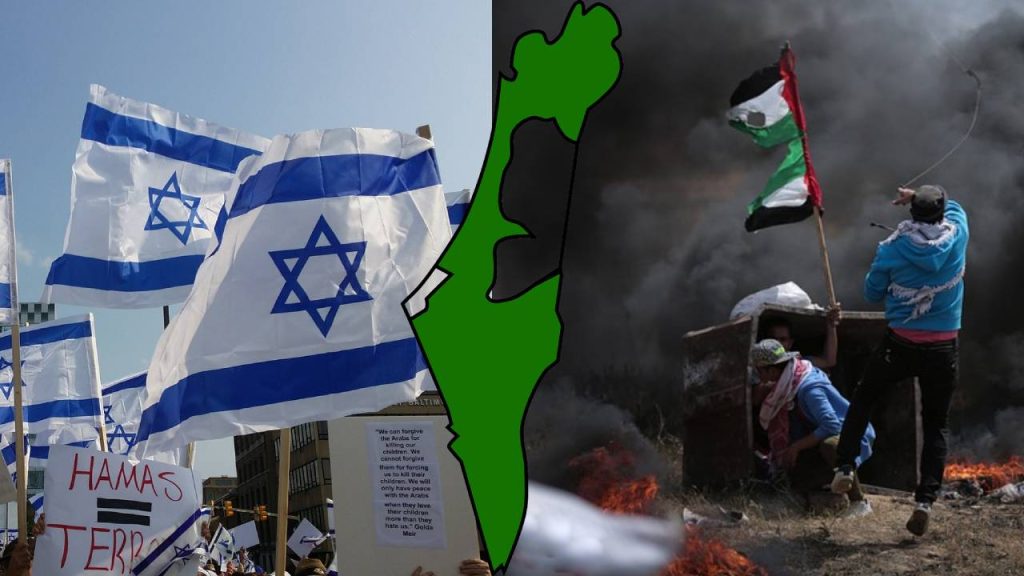Introduction to Israel-Palestine Conflict

The Israel-Palestine conflict is a long-standing and complex issue that has shaped the Middle East for decades. At its core, it revolves around two groups of people, Israelis and Palestinians, who both claim historical and religious ties to the same land. In this article, we’ll break down the conflict in simple terms to help you grasp its key aspects.
- Historical Background
The roots of the Israel-Palestine conflict date back to the late 19th and early 20th centuries when Jewish immigrants began arriving in the region known as Palestine, then under Ottoman rule. Over time, tensions grew as both Jewish and Arab communities asserted their rights to the land.
- Creation of Israel
In 1947, the United Nations proposed a plan to divide Palestine into two states: one for Jews (Israel) and another for Arabs (Palestine). The Jews accepted this plan, but the Arab nations rejected it, leading to a war in 1948, which resulted in the establishment of Israel.
- Palestinian Displacement
The 1948 war, known as the Nakba (Catastrophe), led to the displacement of hundreds of thousands of Palestinian Arabs who fled or were expelled from their homes. Many of them still live as refugees today, and their right to return is a central issue in the conflict.

- Ongoing Conflict
Since 1948, Israel has fought several wars with its Arab neighbors, including the Six-Day War in 1967, which resulted in Israel gaining control of the West Bank, Gaza Strip, and East Jerusalem. These territories are heavily contested and are at the heart of the ongoing conflict.
- Two-State Solution
The most widely supported solution to the conflict is the idea of two separate states, Israel and Palestine, living side by side in peace. However, negotiations to achieve this goal have faced numerous challenges, including issues like borders, refugees, and the status of Jerusalem.

- Settlements
A major obstacle to peace is the construction of Israeli settlements in the West Bank. These are communities built by Israelis on land that Palestinians claim as their own. Many view these settlements as a violation of international law and a barrier to peace.
- Violence and Terrorism
The conflict has seen its share of violence, including suicide bombings, rocket attacks, and military operations. Both sides have suffered casualties, and these events further fuel hatred and mistrust.
- International Involvement
The international community, including the United States, has often played a role in peace efforts, but progress has been slow. The conflict remains a deeply emotional and complex issue for those involved.
Conclusion
The Israel-Palestine conflict is a deeply rooted and intricate problem that defies simple solutions. However, at its core, it’s about two peoples with historical ties to the same land, both seeking their own state and self-determination. Finding a path to peace requires understanding, empathy, and compromise from all parties involved, and the hope for a better future where both Israelis and Palestinians can live in peace and security.


